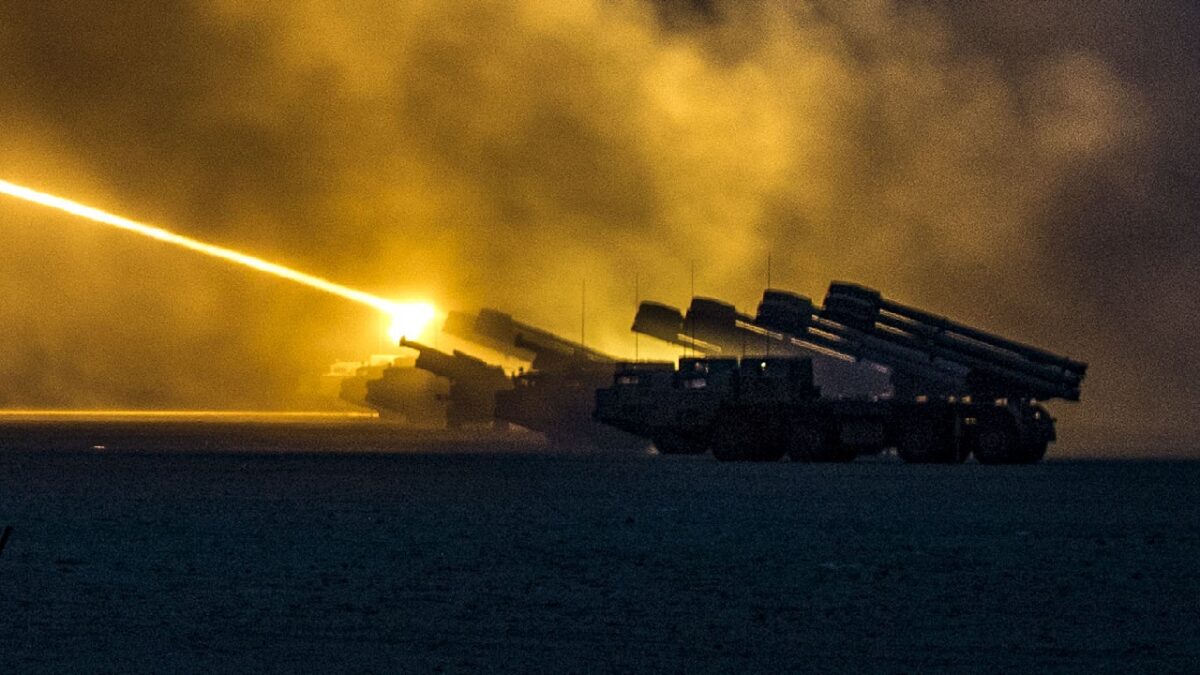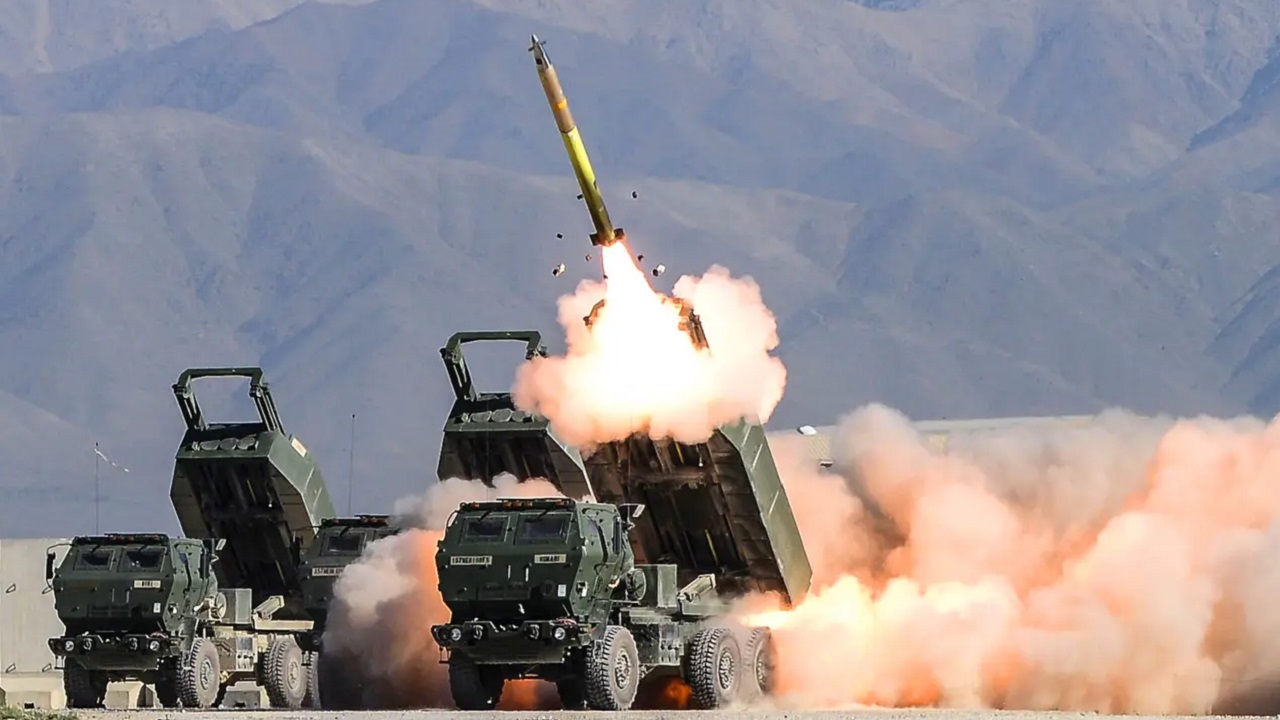HIMARS in Trouble? According to Ukrainian National Security and Defense Council Secretary Oleksiy Danilov, Russia looks to be utilizing a new tactic to counter Ukraine’s growing inventory of U.S.-supplied High Mobility Artillery Rocket Systems (HIMARS). The long-range rocket systems, first supplied by the United States in June, have allowed the Ukrainian military to destroy several Russian ammunition depots and dramatically changed the dynamics of the war in eastern Ukraine.
Speaking to Sky News in an interview published last week, Danilov described Russia’s new tactic for handling the highly effective rocket systems as amounting to “dispersion.”
“They now do less ammo stacking, etc, but it does not help them,” Danilov told Sky News.
During the interview, Danilov stressed the importance of the West’s continued supply of these weapons to Ukraine and described the “great success” the Ukrainian military has seen while using them.
“You know that they swear a lot when communicating with each other,” he said. “For Russians, HIMARS is a synonym for the word death. For them, HIMARS is equal to death.”
Danilov went on to describe how intercepted Russian communication “became a continuous swearing” when the HIMARS began to prove effective in Ukraine’s fight against invaders.
Preventing Big Victories
On the new tactics, the Ukrainian official suggested that Russian forces are dispersing their weapons and ammunition, rather than keeping them locked together in ammunition depots. The tactic, it seems, is to avoid additional Ukrainian strikes that take out large quantities of ammunition at once. It means that Ukrainian forces are required to use more rockets to target Russian positions, and denies Ukraine of any more big victories. Danilov indicated that the tactic is not effective, however, given that Ukraine continues to receive new HIMARS and ammunition from the West.
In July, Ukraine said its HIMARS rocket systems had allowed its military to destroy as many as 50 Russian ammunition depots since June.
Defense Minister Oleksiy Reznikov told Ukrainian television that the weapons had dramatically changed the way Ukraine is fighting the Russians and that the rockets cut Russia’s logistical chains, taking “away their ability to conduct active fighting” and to cover the Ukrainian military using “heavy shelling.”
The claim appears to be accurate, too. According to the British Ministry of Defence, Ukraine severely damaged two key bridges in Russian-occupied Kherson. On Sunday, Ukrainian authorities also said that the last bridge over the Dnipro river in the Kherson region had been hit by Ukrainian rockets, hurting Russian supply lines and potentially making President Volodymyr Zelenskyy’s goal of retaking control of Kherson a reality.

U.S. Soldiers assigned to the 65th Field Artillery Brigade, and soldiers from the Kuwait Land Forces fire their High Mobility Artillery Rocket Systems (U.S.) and BM-30 Smerch rocket systems (Kuwait) during a joint live-fire exercise, Jan. 8, 2019, near Camp Buehring, Kuwait. The U.S. and Kuwaiti forces train together frequently to maintain a high level of combat readiness and to maintain effective communication between the two forces. (U.S. Army photo by Sgt. James Lefty Larimer)
Russia also claims to have destroyed several HIMARS rocket systems, though Ukraine denies this is true.
Jack Buckby is a British author, counter-extremism researcher, and journalist based in New York. Reporting on the U.K., Europe, and the U.S., he works to analyze and understand left-wing and right-wing radicalization, and reports on Western governments’ approaches to the pressing issues of today. His books and research papers explore these themes and propose pragmatic solutions to our increasingly polarized society.

